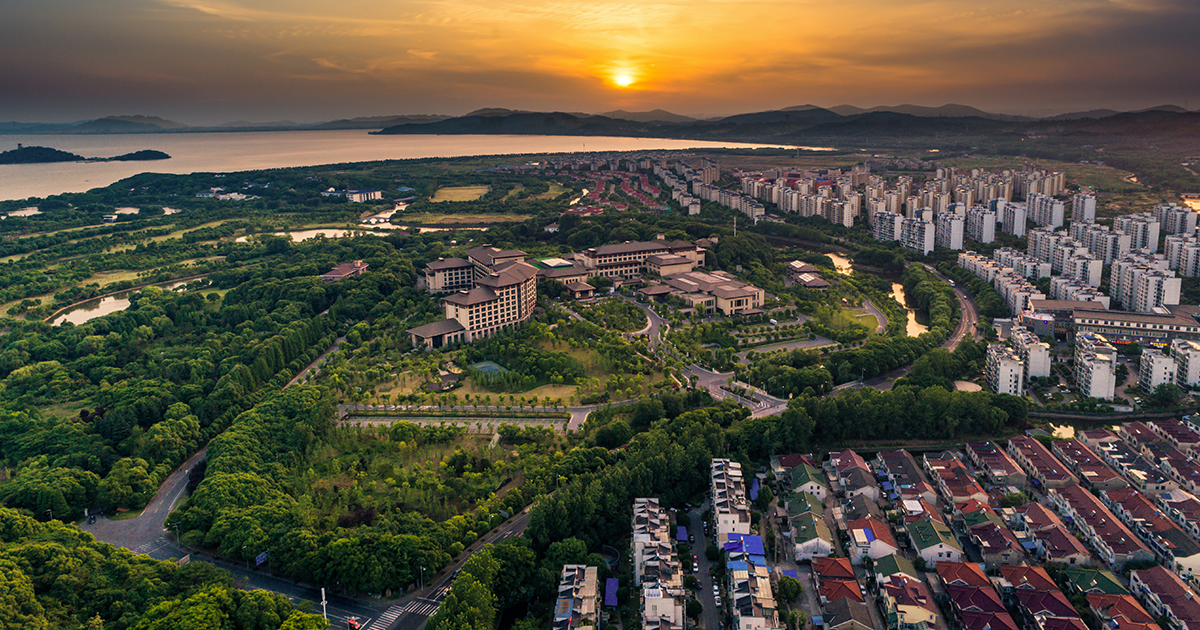Build-to-Rent Communities Are Booming: Is This the Future of Affordable Housing?
The real estate market is evolving rapidly, and one trend that’s making waves in 2025 is the rise of Build-to-Rent (BTR) communities. Once considered a niche investment, BTR housing is now being recognized as a potential solution to the growing affordability crisis in urban and suburban areas. But what exactly is BTR, and could it really be the future of affordable living?
Let’s unpack the reasons behind the BTR boom and its impact on renters, developers, and investors alike.
🏘️ What Are Build-to-Rent Communities?
Build-to-Rent communities are residential developments specifically constructed for rental purposes, not for sale. Unlike traditional apartment complexes or individual rental homes, BTR developments typically consist of single-family homes, duplexes, or townhouses that are professionally managed and offer lifestyle-driven amenities.
These homes are designed from the ground up with renters in mind — offering features like private backyards, modern interiors, community parks, fitness centers, and even co-working spaces.
📈 Why Are BTR Communities Booming in 2025?
Several factors are driving the explosive growth of BTR in 2025:
1. Affordability Crisis in Homeownership
With rising interest rates and skyrocketing property prices, homeownership has become out of reach for many young professionals and middle-income families. BTR offers the feel of a home — with privacy and space — without the burden of a mortgage.
2. Lifestyle Shift Among Millennials and Gen Z
Many renters today value flexibility over permanence. Younger generations are prioritizing experiences, career mobility, and convenience over traditional ownership. BTR communities, with their built-in amenities and hassle-free maintenance, perfectly cater to this lifestyle.
3. High Demand for Quality Rentals
The quality of rental housing has not always kept up with the expectations of modern renters. BTR fills this gap by offering newer, well-designed, and efficiently managed homes in desirable locations.
4. Investor Interest and Institutional Backing
In 2025, major institutional investors and real estate firms are pouring money into BTR developments due to their steady income streams and low vacancy rates. This interest has accelerated the expansion of these communities in cities like Bengaluru, Pune, Delhi-NCR, and even Tier 2 cities like Indore and Lucknow.
🏡 BTR vs Traditional Rentals: What’s the Difference?
| Feature | Build-to-Rent (BTR) | Traditional Rentals |
|---|---|---|
| Ownership Model | Entire community owned by a developer/investor | Individually owned units |
| Design | Purpose-built for rentals | Adapted for rent or resale |
| Amenities | Community-focused, modern | Varies greatly |
| Maintenance | Professionally managed | Landlord-dependent |
| Lease Options | Flexible, renter-friendly | Less standardized |
🌏 Global Trends Influencing India
Globally, countries like the US, UK, and Australia have seen a massive uptick in BTR projects. In India, where rental housing is often fragmented and informal, this model is beginning to take hold — especially in tech hubs and emerging urban corridors.
Government initiatives like the Model Tenancy Act and urban rental housing schemes are further encouraging the formalization of rental markets, making India fertile ground for BTR growth.
💡 Is BTR the Future of Affordable Housing?
While BTR is not a silver bullet for the housing crisis, it holds immense promise in offering:
- Mid-income families a better rental experience
- Urban planners a scalable solution to housing shortages
- Developers and investors a long-term, stable asset class
Moreover, BTR can help bridge the gap between renting and ownership — especially for those who need time to save for a down payment but still want the feel of living in a real home.
🏙️ Challenges to Watch
Despite its potential, BTR faces some hurdles:
- Land acquisition costs in metros can be prohibitive.
- Regulatory barriers in India still complicate large-scale rental housing projects.
- There’s a need for public-private partnerships to make BTR viable in lower-income segments.
🧭 What Lies Ahead?
The BTR trend is likely to continue its upward momentum in 2025 and beyond, particularly as urban migration increases and rental preferences shift. Developers who prioritize quality, community, and sustainability are poised to lead this transformation.
As cities rethink housing models post-COVID and amid economic uncertainties, BTR offers a flexible, future-ready solution — not just for affordability, but also for lifestyle, sustainability, and economic resilience.
📌 Final Thoughts
Build-to-Rent communities are no longer just a buzzword — they are quickly becoming an integral part of the urban housing ecosystem. Whether you’re a renter looking for a better living experience or an investor eyeing long-term returns, BTR is a trend worth watching.
In 2025, the question is no longer “what is BTR?” — it’s “how soon will it be everywhere?


